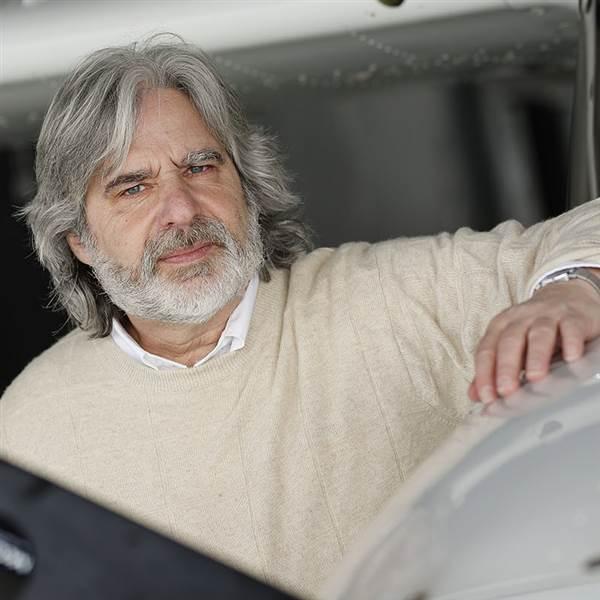Cooperation is everything in an airport traffic pattern. At a tower-controlled airport, cooperating means complying precisely and promptly with instructions you receive, and staying alert to the big picture of what’s going on around you.
At a nontowered airport, the key is to be thoroughly familiar with the airport’s traffic pattern procedures, communicate your position and intentions clearly, know the big picture, and exercise vigilance, never sacrificing visual scanning for a radio transmission.
Suppose you do spot another aircraft. Is it doing what you would expect, based on its present position?
An aircraft on the runway should be either taking off or landing, not just sitting there, so keep an eye on it until you know for sure. An aircraft poised at the hold-short line as you fly your final approach should still be motionless the next time you check on it.
Stay mindful of those other aircraft, but don’t let them cloud your thought process. If another aircraft’s occupant is not communicating, for reasons unknown, or the aircraft seems to be doing something other than what you would expect, executing a go-around should already be on your mind.
And don’t let the presence of another aircraft waiting down below lead to a distraction. For a student pilot, the idea of keeping another aircraft waiting can stir up feelings of anxiety and produce a strong urge to rush the landing.
On September 17, 2016, a student pilot soloing a Cessna 152 at the nontowered Newman Coweta County Airport in Georgia, just inside the 30-nautical-mile Mode C veil of Atlanta’s Class B airspace, was on final approach for a full-stop landing on a clear day with calm winds when he noticed another airplane waiting to taxi onto the runway.
The first link in an accident chain was forged when “he intentionally landed long” on the 5,500-foot-long runway, “to accommodate the traffic.”
A second link joined to the first when the student pilot “made [the] decision to keep up speed in order to exit the runway quickly,” said a National Transportation Safety Board accident report.
Having taken himself out of a safe realm for controlling the aircraft, the student pilot “misjudged his speed and the airplane departed the right side of the runway, continued across a taxiway, and then down an embankment before nosing over.”
The aircraft sustained “substantial” damage to the fuselage, empennage, and both wings. Fortunately, the 48-year-old student pilot, who had 43 total hours including three as pilot in command, was not injured.
The accident summary detailed the loss-of-control potential scenario in which a pilot operating an airplane configured for flight at low speed—as when landing—switched focus to a high-speed surface operation, without reconfiguring or adjusting control inputs. According to the report, the student pilot “later reported that the wheel brakes were less effective because he had full flaps selected. Also, he had applied aft yoke inputs, which minimized the effectiveness of the nosewheel steering system.”
The after-landing checklist for a Cessna 152 contains only two items: retracting the flaps, and closing the carburetor heat. Leaving either task unattended to during ground operations can be problematic.
If you ever feel yourself falling victim to the same urge to hurry up, remind yourself that any pilot waiting to take the active runway appreciates it when an arriving aircraft lands and taxis clear in an expeditious manner, but no one begrudges a landing pilot discretion to operate safely.
If that means being patient while the landing pilot taxis—at normal taxi speed—to the next available taxiway intersection, so be it. It’s part of the spirit of cooperation that keeps the airport running smoothly.

